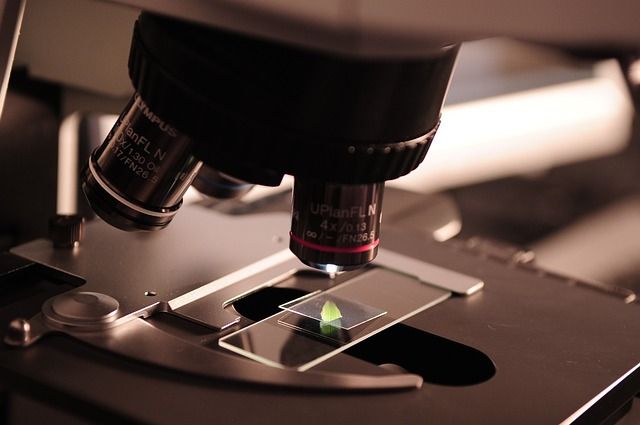From Alexa to Electric Microgrids to Epilepsy Treatment and Mexico's Image
The research of InIAT surprises not only for its innovation and excellence but also for its societal impact, from Alexa to self-sufficient electric microgrids to the treatment of epilepsy with cannabis. First look at this year's breakthroughs.

From the use of Alexa to self-sufficient electric microgrids to the treatment of epilepsy with cannabinoids and the construction of the image that Mexico projects in the world, the research of the Institute of Applied Research and Technology (InIAT) surprise not only for its creativity and excellence but above all for its social impact. Dive into these projects in this first installment of this year's breakthroughs.
Practicing with Amazon's Alexa
The power of Amazon's virtual assistant, Alexa, goes beyond entertainment. IBERO researchers created an Alexa skill (equivalent to the apps on any smartphone) that simulates a patient with some type of visual impairment who needs a recommendation for technical aids.
Through an interview with this skill, aspiring disability technology specialists can practice ethically and safely how their interaction would be with a person who requires technological recommendations, without the need to invite people with disabilities for these training processes, which is usually an ethical problem.
The project for the educational development of a virtual interaction model for the training of technical aid consultants for people with disabilities was presented by Dr. Manuel López Pereyra, from the Department of Education, and Eng. Isabel Bolívar Tellería, from the Center for Engineering and Rehabilitation Technology (CITeR).
Cannabinoids against withdrawal syndrome
IBERO researchers are studying the application of an endocannabinoid called 2-arachidonic glycerol (2 AG) in the treatment of certain types of epileptic seizures and generalized anxiety. The human body produces substances called endocannabinoids that have similar effects to those of the Cannabis sativa L. plant.
They chose a type of drug-resistant epilepsy that isn't helped by almost any antiepileptic drug. This type of epilepsy is caused by something called GABA withdrawal syndrome, which happens when drugs like benzodiazepines, barbiturates, alcohol, and pregnane steroids that have been used for a long time are stopped.
Dr. Oscar Galicia Castillo, from the Department of Psychology, presented the project, "Pharmacological interaction of the endocannabinoid system with the neuronal hyperexcitability of GABA withdrawal syndrome".
New technologies to improve Mexico's image abroad
When working with huge amounts of data, like in the IBERO project that has been going on since 2006 to study how the rest of the world sees Mexico (called "the country image"), automating the search for information to feed complex analysis models becomes a very difficult task.
With the information gathered from newspapers, news sources, and social networks over more than a decade, we can know that the image projected by Mexico to the outside world has oscillated in these years between three main concepts, of which the first two show a certain bipolarity: dependent and emerging; and the third is exotic. The barbarian concept had a certain boom in 2010, in the context of the so-called war on drugs, but in the following years, it did not rise again.
The initiative is titled "The Image of Mexico in the World." Dr. César Villanueva R. from the Department of International Studies presented the development of a data analytics model applied to the country image using big data, machine learning, and artificial intelligence.
Isolated electricity microgrids for communities
For the proper implementation of an electric microgrid that works isolated in a community, i.e., without connection to the CFE grid, it is necessary to balance power generation and demand. To do this, it is necessary to collect data on both, and this was the task to which IBERO researchers dedicated the first phase of their project.
To achieve this, they placed metering devices in five homes in a community near Tehuacán and surveyed its inhabitants about their energy use and their willingness to modify their consumption. They also monitored the climate through a weather station to simulate renewable energy generation with real data. This database will be open for consultation starting next year, and the project, for its part, continues.
The project, "Development of methods and algorithms that take into account aspects and needs of a community to operate an intelligent micro-grid," was presented by Dr. Jorge Angel González Ordiano of the Department of Engineering Studies for Innovation. The Ibero-American Research and Graduate Studies Institute's YouTube channel showed the presentations of these projects.
Read the second installment "From Email Fraud Protection to Sustainable Urban Gardens" here and the third "Cutting-Edge Advances in Hurricane Science, Sustainability, and Sargassum Utilization" here.
By Yazmín Mendoza, Source: InIAT




